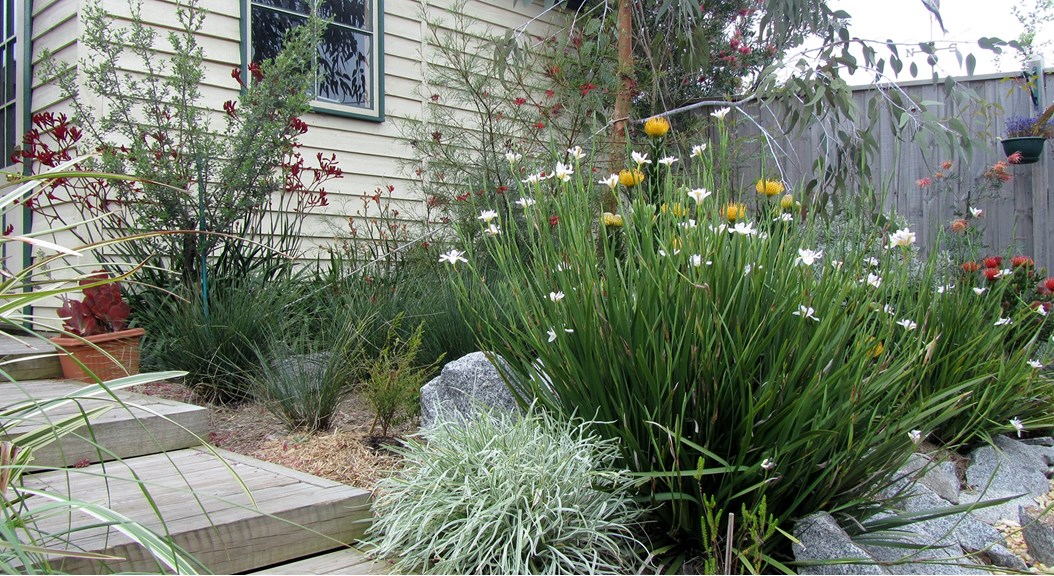Backyard Bug Hunt
Suitable for students Kinder–Grade 4
In this next activity you are going to go on a backyard bug hunt! If you don’t have a backyard you can go on a bug hunt at a local park or outdoor space
To begin, let’s think about the sort of habitats that bugs live in. This will help us know where to look for them! A habitat provides shelter, as well as the food and water that bugs need to survive. Some common habitats for bugs include:
- Trees and bushes
- Grass and plants
- Under bark and rocks
- In soil and dirt
Go into your backyard or local park and start exploring the habitats outlined above. When you find a bug take a photo or draw a picture of it.
Then see if you can answer the following questions:
- What type of bug have you found?
- What sort of habitat does it live in?
- How many legs does it have?
- Does it have wings?
- How would you describe its body shape?
When you have finished your backyard bug hunt you might like to try our outdoor scavenger hunt!
To do this, download the activity sheet below, then go for a walk and see if you can spot all the living things on the list.
Victorian Curriculum Links
Science Levels K–4
F–2: Biological sciences
- Living things have a variety of external features and live in different places where their basic needs, including food, water and shelter, are met (VCSSU042)
Level 3 & 4: Biological sciences
- Living things can be grouped on the basis of observable features and can be distinguished from non-living things (VCSSU057)
- Different living things have different life cycles and depend on each other and the environment to survive (VCSSU058)
Victorian Early Years Learning and Development Framework
| Outcome | Evidence Marker |
|---|---|
| Children have a strong sense of identity | Children develop their emerging autonomy, inter-dependence, resilience and sense of agency |
| Children are connected with, and contribute to, their world | Children become socially responsible and show respect for the environment |
| Children are effective communicators | Children use information and communication technologies to access information, investigate ideas and represent their thinking |
| Children are effective communicator | Children express ideas and make meaning using a range of media |
| Children are confident and involved learners | Children develop dispositions for learning such as curiosity, cooperation, confidence, creativity, commitment enthusiasm, persistence, imagination and reflexivity |
| Children are confident and involved learners | Children develop a range of skills and processes such as problem solving, inquiry, experimentation, hypothesising, researching and investigating |
| Children are confident and involved learners | Children transfer and adapt what they have learnt from one context to another |
| Children are confident and involved learners | Children resource their own learning through connecting with people, place, technologies and natural and processed materials |
